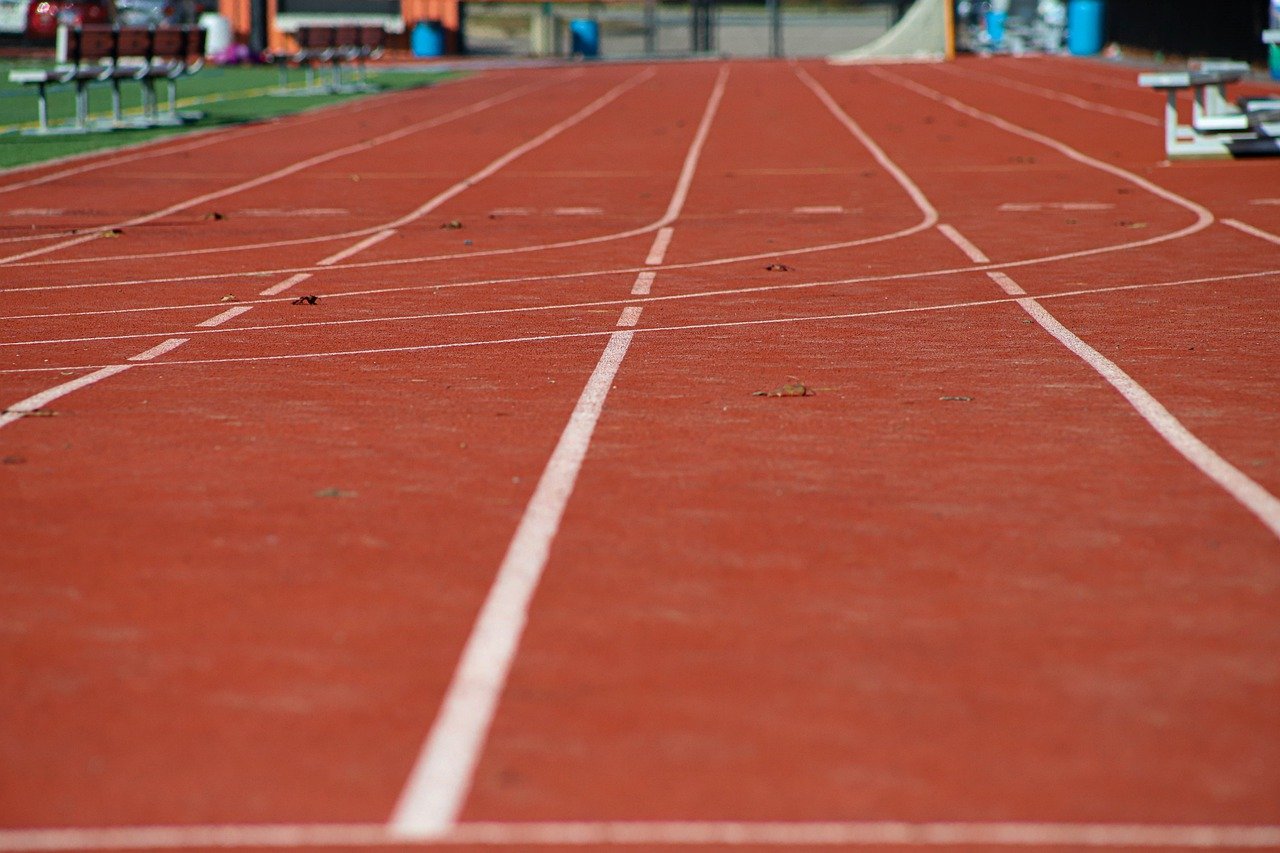A Comprehensive Guide to Rehabilitation: Restoring Function and Well-being
Rehabilitation is a holistic process aimed at restoring function, improving well-being, and empowering individuals following injury, illness, or disability. It encompasses a multidisciplinary approach that involves medical, physical, cognitive, and psychological interventions.
Phases of Rehabilitation
Rehabilitation typically progresses through several phases:
- Acute Phase: Focuses on stabilizing the individual and preventing complications.
- Subacute Phase: Aims to improve mobility, strength, and function.
- Rehabilitation Phase: Emphasizes restoring independence and returning to daily activities.
- Maintenance Phase: Provides ongoing support and prevention strategies to sustain progress.
Medical Interventions
Physical Therapy
- Therapeutic Exercise: Prescribed exercises to restore range of motion, strength, and balance.
- Manual Therapy: Hands-on techniques to improve joint mobility and reduce pain.
- Modalities: Use of ice, heat, ultrasound, and electrical stimulation to promote healing.
Occupational Therapy
- Adaptive Equipment: Assistive devices and modifications to enhance daily function.
- Activity Analysis: Identifying and breaking down tasks to make them easier to perform.
- Sensory Stimulation: Activities to improve coordination, perception, and cognition.
Psychological Interventions
Cognitive Rehabilitation
- Cognitive Stimulation: Exercises to improve attention, memory, and problem-solving skills.
- Cognitive Behavioral Therapy (CBT): Techniques to manage negative thoughts and behaviors.
- Mindfulness-Based Interventions: Practices to reduce stress, improve mood, and promote self-regulation.
Emotional Support
- Counseling: Provides a safe space to process emotions, cope with challenges, and develop coping mechanisms.
- Peer Support Groups: Opportunities to connect with others who have similar experiences.
- Stress Management Techniques: Relaxation exercises, breathing exercises, and mindfulness practices to reduce anxiety.
Practical Tips
- Set Realistic Goals: Break down large goals into smaller, achievable steps.
- Adhere to Recommendations: Follow instructions from healthcare professionals and therapists consistently.
- Engage in Home Exercise: Supplement therapy sessions with regular physical activity at home.
- Seek Emotional Support: Connect with family, friends, or support groups for encouragement and emotional well-being.
- Don’t Give Up: Rehabilitation can be challenging, but persistence and a positive attitude are key to success.
Technology in Rehabilitation
Advancements in technology have revolutionized rehabilitation:
- Wearable Sensors: Monitor movement, activity levels, and vital signs.
- Virtual Reality (VR): Immersive experiences for pain management, motor skill training, and cognitive rehabilitation.
- Telemedicine: Provides remote access to healthcare professionals and therapy sessions.
Conclusion
Rehabilitation is an invaluable process that empowers individuals to regain function, improve well-being, and achieve their full potential. By understanding the phases, interventions, practical tips, and technological advancements involved, individuals can navigate the rehabilitation journey effectively. With determination and a multidisciplinary approach, they can overcome challenges, restore health and independence, and live fulfilling lives.
